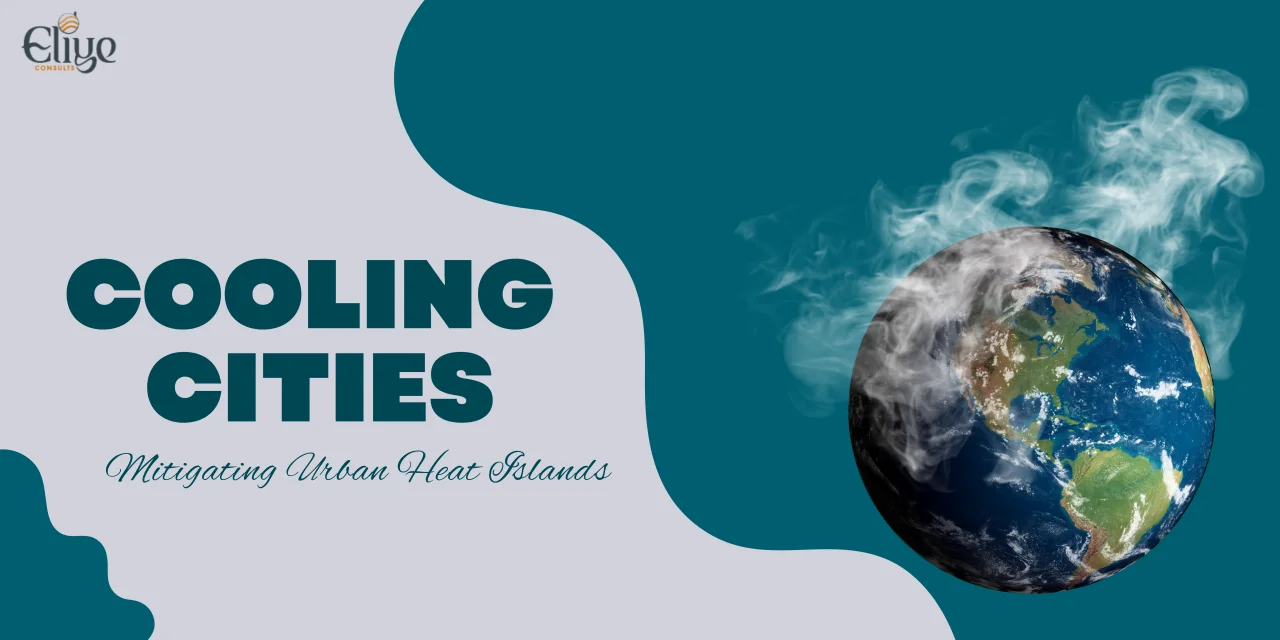
Cooling Cities: Mitigating Urban Heat Islands
As urbanization continues to accelerate, cities worldwide are facing a significant challenge: the urban heat island (UHI) effect. The UHI effect is the phenomenon in which urban areas experience higher temperatures than their surrounding rural areas, creating “heat islands” within the cityscape. This increased heat can have adverse effects on public health, energy consumption, and the environment. To address this issue, various strategies and technologies have been developed to cool cities and mitigate the UHI effect.
Defining the UHI Effect
The urban heat island effect is a result of rapid urbanization and the replacement of natural landscapes with buildings, roads, and other impervious surfaces. These surfaces tend to absorb and retain heat, leading to elevated temperatures in urban areas. The UHI effect is particularly noticeable during hot days and can result in higher nighttime temperatures as well, making cities uncomfortable for residents and causing adverse health effects.
Causes of Urban Heat Island Effect
Several factors contribute to the formation of the UHI effect. Some of the primary causes include:
- Impervious Surfaces: High concentrations of dark, impervious surfaces such as asphalt roads, concrete pavements, and buildings trap heat during the day, leading to increased temperatures in cities at night.
- Lack of Vegetation: The removal of trees and green spaces in urban areas reduces shade and the cooling effects of evapotranspiration, exacerbating the heat island effect.
- Urban Canyons: Tall buildings and structures can block or slow air movement, creating “urban canyons” that trap heat and prevent natural ventilation, further contributing to higher temperatures in cities.
- Waste Heat: Heat released by vehicles, industrial processes, and air conditioning systems adds to the overall heat load in urban areas, intensifying the UHI effect.
Ways to Offset the UHI Effect in Cities
Thankfully, several effective strategies and technologies can help cities offset the UHI effect and create more comfortable and sustainable environments. Some of these approaches include:
- Increasing Tree and Vegetative Cover: Increased vegetation in urban areas can provide shade, reduce surface temperatures, and cool the surrounding air through evapotranspiration. Trees and green spaces also help to absorb stormwater runoff and protect against erosion.
- Installing Green Roofs: Green roofs involve growing a layer of vegetation on rooftops, which helps to reduce roof surface temperatures and improve stormwater management. These eco-roofs provide shade and facilitate heat removal through evapotranspiration, cooling the surrounding air.
- Utilizing Cool Roofs: Installing cool roofs made of materials or coatings that reflect sunlight and heat away from buildings can significantly reduce roof temperatures. This not only enhances the comfort of occupants but also lowers energy demand for cooling, leading to energy savings.
- Using Cool Pavements: Implementing cool pavements on sidewalks, parking lots, and streets can help cool the pavement surface and surrounding air. These materials reflect more solar energy and enhance water evaporation, reducing heat absorption and nighttime visibility while also decreasing stormwater runoff.
- Implementing Smart Growth Practices: Smart growth covers a range of development and conservation strategies that protect the natural environment while creating more attractive, economically robust, and livable communities. These practices can contribute to reducing the heat island effect through sustainable urban planning.
Addressing the urban heat island effect is of paramount importance in the quest to create healthier and more sustainable cities. It is imperative to effectively mitigate the UHI effect and foster more comfortable living environments for urban residents. By adopting and implementing these cooling strategies, cities can fortify their resilience and pave the way for a greener and cooler future.


